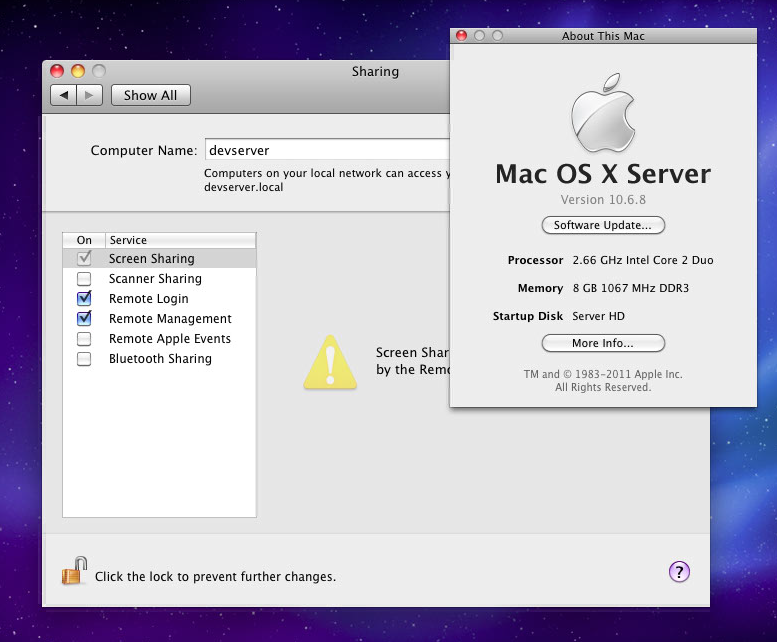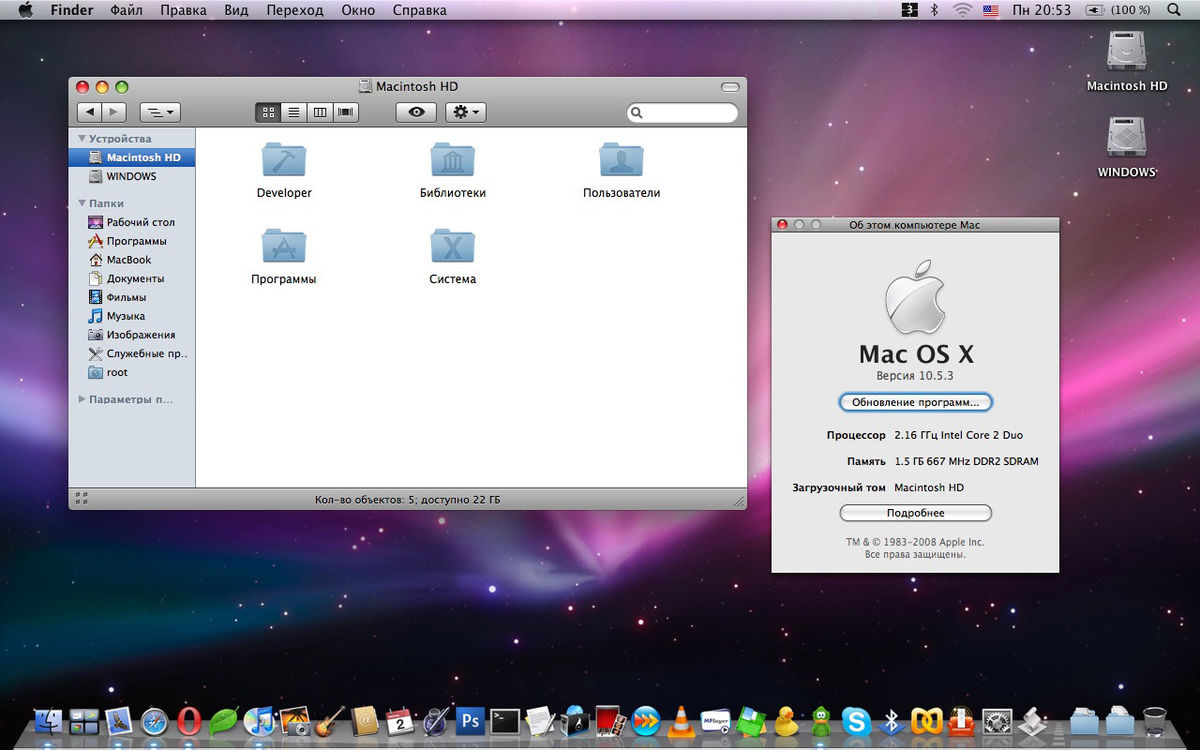

Later versions may be available by upgrading your macOS. That includes Safari, iTunes, iBooks, Messages, Mail, Calendar, Photos and FaceTime. When the App Store shows no more updates, the installed version of macOS and all of its apps are up to date.Use the Update buttons to download and install any updates listed.Click Updates in the App Store toolbar.

If you’re using an earlier macOS, such as macOS High Sierra, Sierra, El Capitan or earlier, follow these steps to keep it up to date:

Your Mac will notify you when updates require it to restart, so you can always choose to install those later. To automatically install macOS updates in the future, including apps that were downloaded separately from the App Store, select “ Automatically keep my Mac up to date”. To find updates for iMovie, GarageBand, Pages, Numbers, Keynote and other apps that were downloaded separately from the App Store, open the App Store on your Mac, then click the Updates tab. That includes Safari, iTunes, Books, Messages, Mail, Calendar, Photos and FaceTime. When Software Update says that your Mac is up to date, the installed version of macOS and all of its apps are also up to date.Or click “ More info” to see details about each update and select specific updates to install. If any updates are available, click the Update Now button to install them.Choose System Preferences from the Apple menu , then click Software Update to check for updates.If you’ve upgraded to macOS Mojave or later, follow these steps to keep it up to date:


 0 kommentar(er)
0 kommentar(er)
